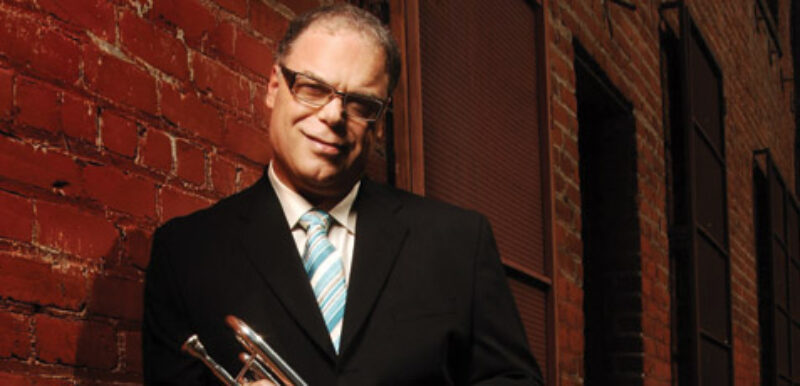American Music and Glittering Ties

In a scene dominated by rap’s broken rhythms and pop’s electric drone, classical pieces feel full. However, George Gershwin’s depth extends beyond that inherent to his genre. Maybe it’s his breadth of style (he incorporates both jazz and classical technique). Perhaps it’s that his music is so distinctly American (his initial title for Rhapsody in Blue was American Rhapsody).
I didn’t care about the reason as the first chords rang at Seattle Symphony’s Gershwin’s Porgy and Bess Friday evening—I was too far gone. Gershwin’s music wraps you up like a fluffy blanket. Even at its darkest moments, it’s warm and slightly familiar.
Gershwin once said, “True music must reflect the thought and aspirations of the people and time. My people are Americans. My time is today.” Though Gershwin’s time was almost a century ago, it feels like it could be today. Like apple pie, he’s never outdated. And also like that oh-so-American dessert, his music evokes nostalgia.
Porgy and Bess feels that way because it’s Porgy and Bess. Argued by many to be the first American opera, the music holds a permanent place in American theater and hearts. The Porgy (Kevin Deas) and Bess (Janice Chandler Eteme) of Seattle Symphony’s production were pros. Both could zip into character with the tap of the heel, and did. But there was something wrong about taking such wonderfully complex characters out of their context. Though technically, their acting and singing was superb, I felt just a little robbed of the full impact of Porgy and Bess.
I was more moved, perhaps because I was more surprised, by the earlier works of Gershwin introduced in the performance’s first half. With a majestic sweep of his baton, Jeff Tyzik took me away. The Funny Face overture is vibrant, like a gauzy white dress against sharply green grass. Suddenly I was thrown into the mid-summer joy of July. Gershwin’s horns are triumphant, singing the ecstasies of picnics and swing sets while the music’s tone darts and dashes as if maneuvering through a crowd. Occasionally, the music becomes giddy, busting into the butterfly-like flutter of a flute or the almost Willy Wonka twinkle of a bell. As Tyzik jumped back and forth across his podium, his black glittered tie caught the light, exploding like a cheerful firework on Independence Day.
If the Funny Face overture was the party, Gershwin’s Lullaby was the aftermath. The lullaby, Gershwin’s first published composition, is modest compared with his later and better know orchestra pieces. It moves languidly, like an August afternoon. Though it flows constantly between notes, it rests heavily on each one, as if reluctant to reach its end. It’s lazy, but also a little timid. The lullaby feels like a buildup that never quite lands its punch line. Tyzik’s dazzling tie was muted as he swayed delicately along.
Just before Gershwin’s lullaby lulled me to sleep, I was thrown into a whirlwind. The Cuban Overture tosses and tugs at you; it flings, it darts, it shouts. I felt as though I had been lassoed out of my seat and into an inferno. The first moments are a climax of rapidly shifting rhythms, ready to burst. When they do reach their limit, the scene dissolves, like waking from a dream. The music becomes almost sedate, until the tension begins to remount. Every decibel of Cuban Overture seems diabolical. So when a friendly enough flute begins to twirl round the rising action, it feels sickly sweet, like temptation. Tyzik, who at times literally pounced, snaked along with the flute, his tie gleaming just slightly.
I left for the intermission with a faint chill running down my spine.
Gershwin's Porgy and Bess is closed, but you should mark your calendar for the next show in Seattle Symphony's Pops Series:
Home for the Holidays
December 5 - 8
More info at seattlesymphony.org


